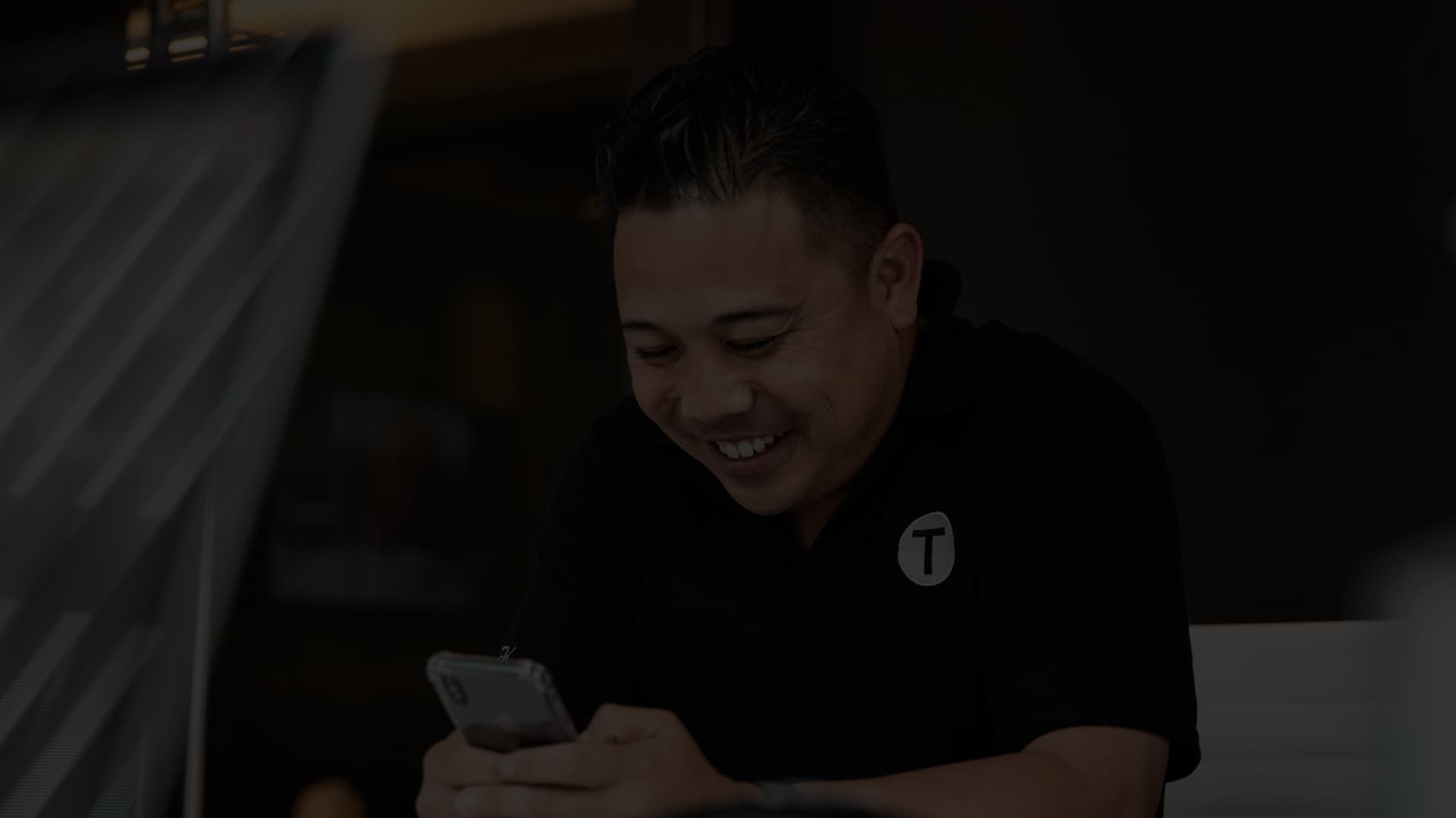
How Telemedicine Will Change the Face of Healthcare
In the world of healthcare, there is an ongoing debate over telemedicine: can it provide a positive ROI and transform healthcare to the magnitude that it’s been billed?
To patients, the benefits of telemedicine appear limitless, providing them access to top-quality doctors whenever they need care, no matter where they are. To the medical community, the benefit of telemedicine rests in the belief that it will reduce the cost of care and improve patient/member satisfaction.
Given the promise of telemedicine making healthcare both simpler for the patient to obtain and easier for the doctor to provide, why are some health providers hesitant to offer the service?
Will the service generate a positive ROI?
As Telemedicine becomes more prevalent, shifting from a specialty offering to a mainstream service, many healthcare providers await the ROI. The issue? Doctors and providers are finding reimbursement, both from government and the private sector, the greatest obstacle.
While telemedicine does decrease the number of no-shows for appointments—which costs the healthcare industry billions of dollars per year—without reimbursement, doctors and providers not only lose money, but they also don’t have the funds needed to sustain the service.
Along with reimbursement issues, proving a positive ROI has become challenging. This is because while many major healthcare providers are offering the service, few people know about or use it, making a positive ROI difficult to demonstrate.
How can a positive ROI for Telemedicine be proven?
For telemedicine to become successful, member/user behavior must be changed and adoption figures must grow among those in their teens and twenties. Use of the service must increase overall and the only way to ensure this is through education.
The struggle for adoption is centered on education, trust, and driving people to change their behavior. Telemedicine is such a revolutionary way to provide and receive care that until someone has been exposed to the service, he or she truly won’t understand all that it has to offer.
Consumer Buy-In
We rely on technology for almost everything we do—from making reservations to finding our way home—except for seeing the doctor. Grasping the concept that you have the ability to visit your doctor via a tablet, iPhone, or computer (with the same level of security as visiting a medical office) and that the doctor can diagnose ailments, prescribe medications, provide referrals and administer follow-up care all from your home, office, car, etc., can all be overwhelming and unnerving.
With telemedicine leaving consumers skeptical, marketers are now faced with the issue of not only making people aware of a product they didn’t know they needed or existed, but also of building trust in a service that deals with extremely personal issues. When viewing different websites and print material, however, it appears that most have forgotten fundamental steps in marketing: education and demand creation.
Telemedicine isn’t a product that sells itself, such as a vision plan or urgent care. Even if they have access to the service, consumers aren’t going to jump at the chance to use it until they are provided with the educational materials needed to build their confidence and turn them into adopters.
At TRAFFIK, we have successfully differentiated our healthcare clientele by educating consumers and markets, thereby generating demand where there was none and leveraging that unique position to build sustainable adoption and growth models. With our expertise, we can help your company bring telemedicine to the forefront of change in healthcare.
Partner with TRAFFIK Health. Call us at 877.769.1921 or click here to contact us.




















